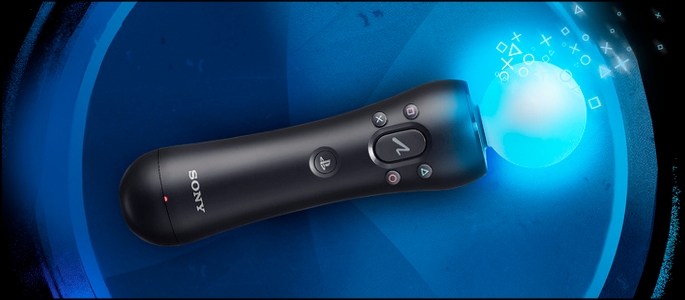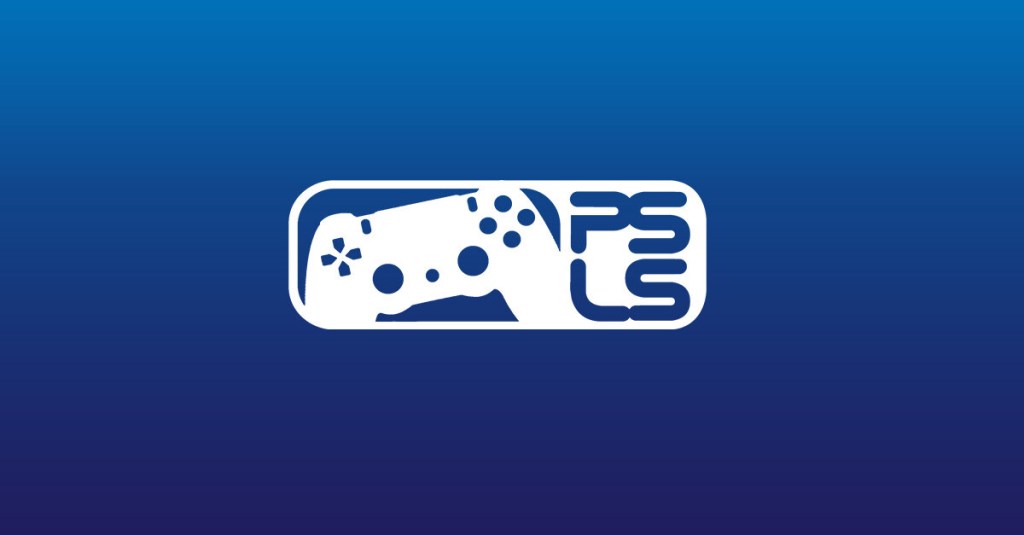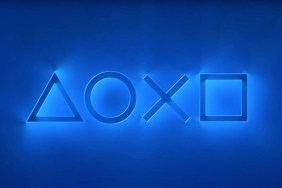
When the PlayStation Move was first debuted on stage during Sony’s 2009 E3 press conference by Dr. Richard Marks, it was easy to see that the device had potential. On the other hand, the prospect of a motion controller scared a large portion of the hardcore crowd that makes up the PS3 fan-base. To many, the Wii and its accessible motion controller is synonymous with casual gaming, and even more so, low budget titles with very little content. This fact struck fear into the hearts of many PS3 owners that have been stereotyping motion controllers as the anti-hardcore device. However, after more information trickled out it was clear that Sony was intent on not letting that happen, asserting that the Move would appeal to both the casual and the core games that have given face to the PS3 since its inception.
At the 2010 Game Developer’s Conference, the PlayStation Move was officially named and a final controller design was shown. Along with that was the first glimpse at the software that will accompany the launch and aftershock of Move in September. Although there was SOCOM 4, which is considered one of the most hardcore games on any console, the rest of the software shown was geared toward a more family-friendly fare. Despite the lack of hardcore titles, it was obvious that the PlayStation Move’s precision would translate into much deeper gameplay experience than what was previously seen in the motion controller market.
Since the PlayStation Move has been detailed, Sony (more specifically the PlayStation Blog) has hosted quite a few Move-focused events which has allowed average gamers to get hands-on time with the device. The general consensus echoed by the press and their hands-on time with the controller at both GDC and E3 2010 has all been consistent – the PlayStation Move is by far the most accurate motion controller on the market. The PlayStation Move’s unique design features include a glowing orb and an intelligent camera which when coupled together allow for surreal experiences in the gaming world.
Now, with less than a month away from the PlayStation Move’s launch, we’ve got our hands on a pair of Move controllers and we confident we’re ready to tell you what the experience is like and whether or not all the hype has been worth it.
The PlayStation Move set up was extremely easy. Plug-in the PlayStation Eye to a free USB port, press the PS button on the PlayStation Move and it will work right out of the box. The PlayStation Move isn’t just an add-on meant to be foreshadowed by the Dualshock 3. No. It’s going to be a standard for the PS3 moving forward. Not only is it able to play Move-enable software, but it can also navigate the XMB by squeezing the T (trigger) button to grab and drag through the icons. The PlayStation Move features most of what a Dualshock 3 features – all 4 face buttons: square, triangle, X, circle surround the Move button in the center of the controller. There’s the aforementioned T trigger button and there’s both a select and start button on either side of the controller. Holding the select button in most of the games we’ve played, instantly prompted you to recalibrate the Move controller with the PS Eye. The part of the controller’s design that is of most significance is the glowing orb on the end of the controller. This orb is used to track the controller’s exact position via the PS Eye. The end result is 1:1 precision and a flawless translation of movement into on-screen actions.
The controller acts and reacts with unprecedented accuracy and can be applied to nearly endless applications within games. We’ve seen it do everything from simple pointer-based actions, to moving around in a completely 3D plane taking on the appearance of any object developers can dream up. Using it as a pointer you can easily see how it could be effectively used in a first or third person shooter taking the role of the aiming reticule. We’ve even seen its movement translated into a camera and flashlight functionality, or using the trigger button it can replicate a human hand. Basically, the PlayStation Move can do pretty much anything – it’s all up to the creative minds at development studios across the globe to come up with new and exciting ways to use the controller. Think of the Move controller as the paintbrush to an artist’s canvas.
The Move itself is sleek and ergonomic. It has a slight curvature to it that allows for better gripping and a more realistic sensation pertaining to everyday objects; almost feeling like a handle to various tools one would use in normal everyday life. It’s also surprisingly light, which will lead to less fatigue during particularly long and intense gaming sessions. As we’ve learned from the Nintendo Wii and various YouTube videos of smashed LCD screens, the PlayStation Move comes with a wrist strap attached and it’s best you use it. I know it’s odd to be impressed by a wrist-strap, but even it demonstrates the extra touch of sophistication Sony is known for, featuring a PlayStation logo embossed locking mechanism allowing for speedy, on-the-fly adjustments of the strap.
The controller even features feedback functionality, not only in the form of built-in rumble vibration, but by the LED color changing inside the glowing orb. For example, taking damage emits a red LED glow. In Kung-Fu Rider, each different movement has a different color effect, such as turning yellow for jumping. We also witnessed at a previous Move demonstration with PlayStation R&D’s Anton Mikhailov the Move being “dipped” into a color palette and dragged across, all while the orb changed color, mirroring the color being touched in the palette. This color changing also helps the Move stay accurate. In a room where you have bright blue walls? The PlayStation Eye senses the color and tells the Move’s orb to display a clashing color so it’s more easily recognizable. This is amazing stuff.
Whether you’re interested in motion controls on the PS3 or not, the PlayStation Move is here to stay. It’s going to become a staple addition to the PlayStation 3’s line-up and both casual and hardcore gamers are going to be better off because of it. Though, casuals are sure to benefit the most from the initial software offering, Sony has promised again and again that the hardcore will not be left out. With games like SOCOM 4 and Killzone 3 supporting it, we aren’t at all doubting their commitment to backing up those claims. When you finally do pick up a PlayStation Move you’ll realize a few things: this isn’t just another motion controller, it’s precision is unmatched, it’s going to open up a host of new game experiences, and it’s going to revolutionize the PlayStation 3 experience moving forward.








